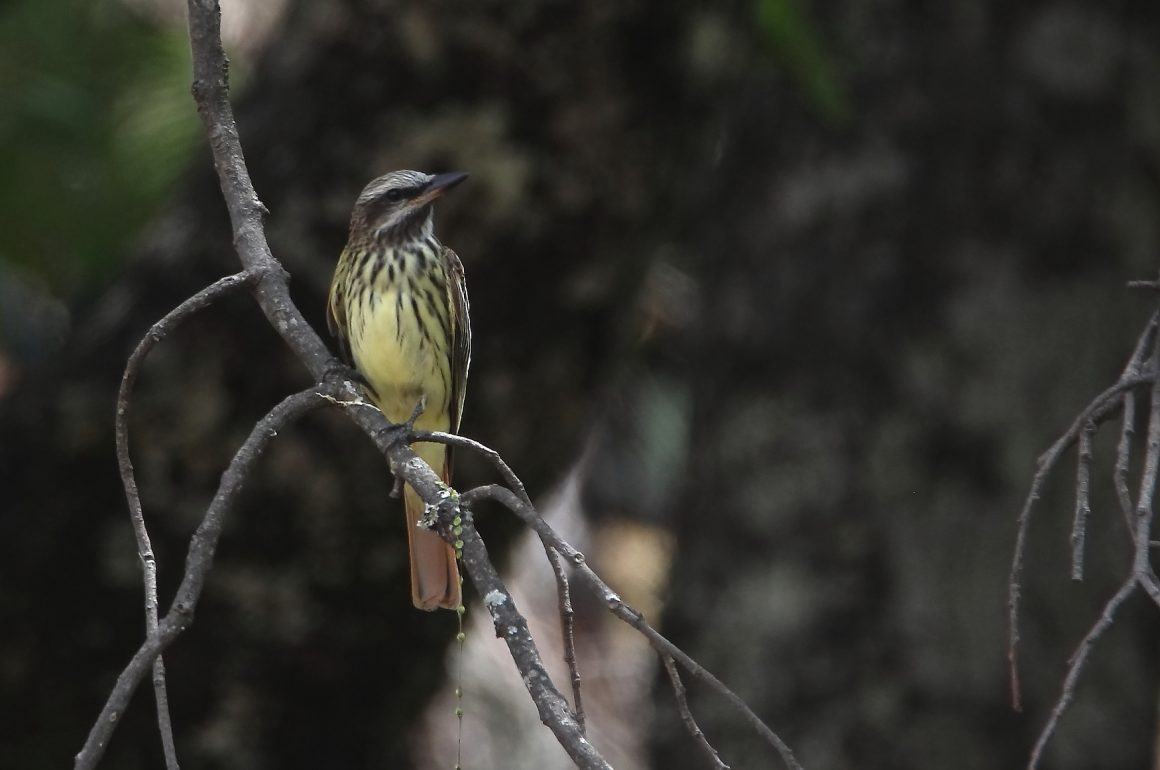
From what I understand, a majority of our readers are from northern climes in the United States, Canada and Europe. For these readers, birds either belong to the migratory majority, seen only in the summer, or to a much smaller group of year-round resident species.
Down here in central Mexico, our situation is more complicated. The largest group of species we see consists of resident birds. Here in southwestern Mexico, an unusually high number of these residents are also endemics, found only in Mexico (or, in some cases, barely crossing the border into the southwestern United States, or into northern Central America). Perhaps a third of our species are present only in winter, migrating south from their breeding grounds in the U.S. and/or Canada. We even have a few summer-only species, which winter in Central or South America and migrate north to Mexico to breed.
I mention all of this because a couple of weeks ago I got to see several of our residents, endemics, and even summer-only species. I went to the area around the small Michoacán town of La Escalera, located in the transition zone between our highland pine-oak forests and lowland tropical scrub. It’s a great place to look for such unusual birds as the Lesser Roadrunner and Sparkling-tailed Woodstar — although I saw neither on this visit.
I also missed one of our most amusing summer-only birds, the Masked Tityra. These birds look rather silly, and Mexicans believe their odd calls sound like pigs’ oinks, as indicated by their common name, puerquito (little pig).

I saw this Masked Tityra near la Escalera, but in 2020.
Two other summer-only birds, however, were unusually abundant. There were lots of Sulphur-bellied Flycatchers, and I always enjoy this handsome species. Western Wood-Pewees are not as visually impressive, but they are a summer specialty.
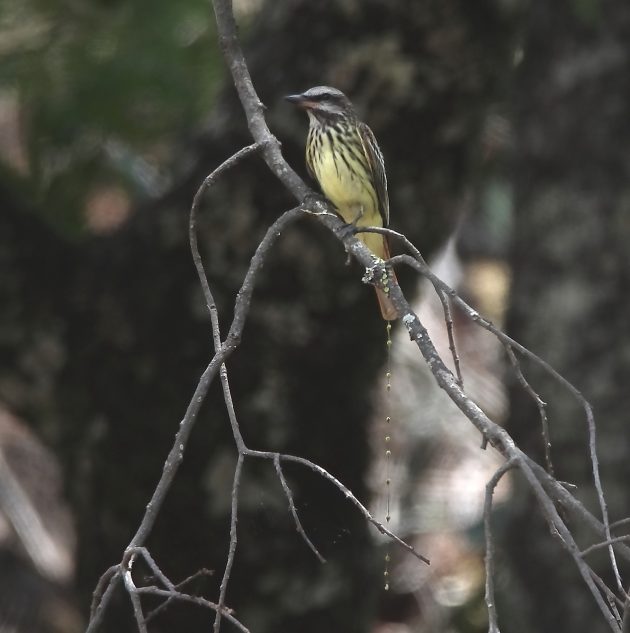
Sulphur-bellied Flycatcher
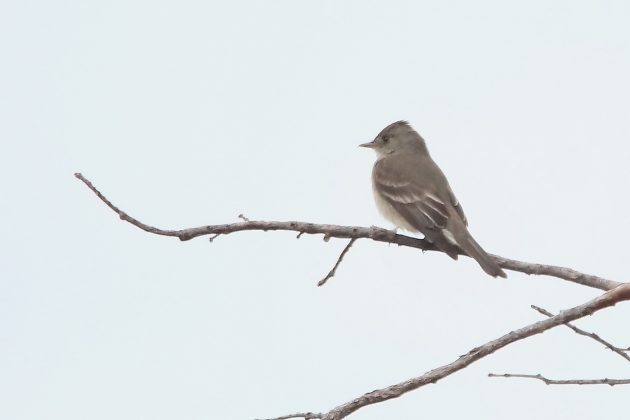
Western Wood-Pewee
Whenever I go to the la Escalera area, I always hope there will be a good amount of Jamaican Nettletree fruits. And there certainly were this time. I know of no other plant that can draw as many birds. (In fact, I once again gathered some seed to try to start my own Nettletrees, although two previous attempts have failed. Hope springs eternal, and all that.) Eastern Bluebirds are residents, ironically enough, in southwestern Mexico. This hungry Bluebird is a female.
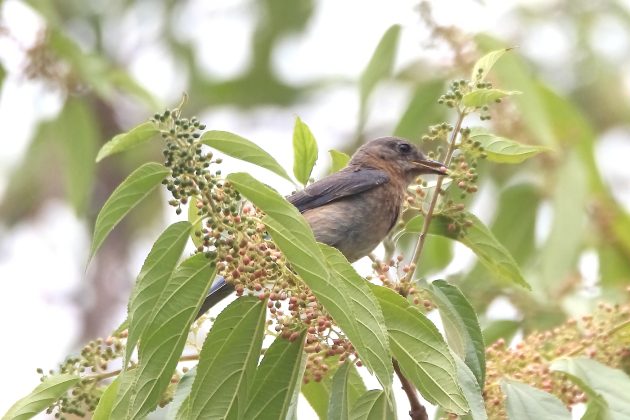
Greenish Elaenias, resident from Mexico to much of South America, mostly feed on insects. But the number of insectivorous bird species I have seen feeding on Nettletree fruits is surprising.
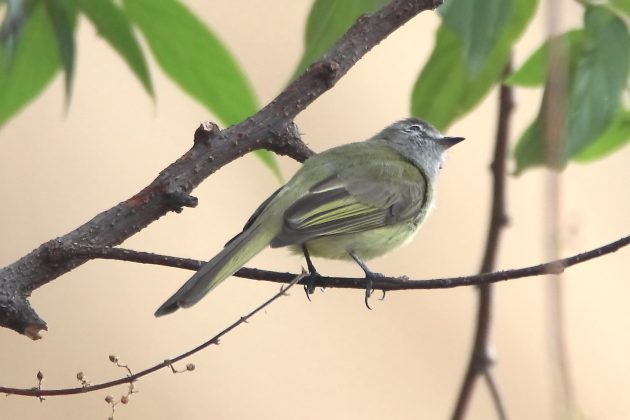
The Rusty Sparrow is a resident that also can be found in northern Central America. To this California boy, it looks very much like a Rufous-crowned Sparrow on steroids, and in fact can be quite difficult to distinguish from that smaller species.

The Ivory-billed Woodcreeper has a range similar to that of the Rusty Sparrow. But it is quite uncommon, and hard to see when it is around. This was only the third time I managed to photograph the species.
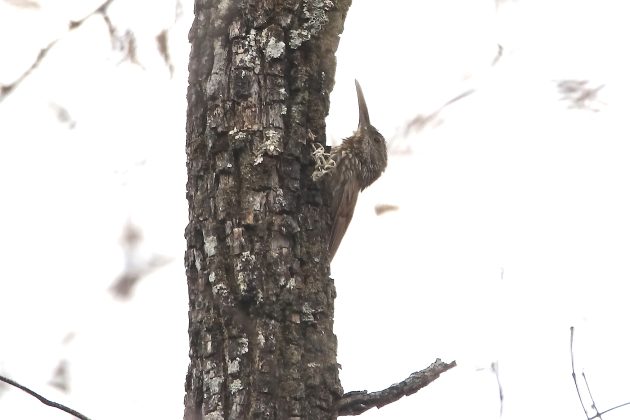
The Thick-billed Kingbird is essentially an endemic resident, although it can be seen in one corner of Arizona during the summer.
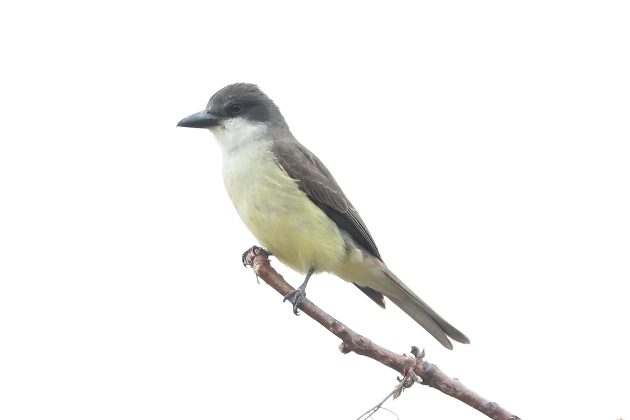
Our Spotted Wren is a strict Mexican endemic. But it is considerate enough to be common within its limited range. I suppose that this individual had a nest somewhere nearby.
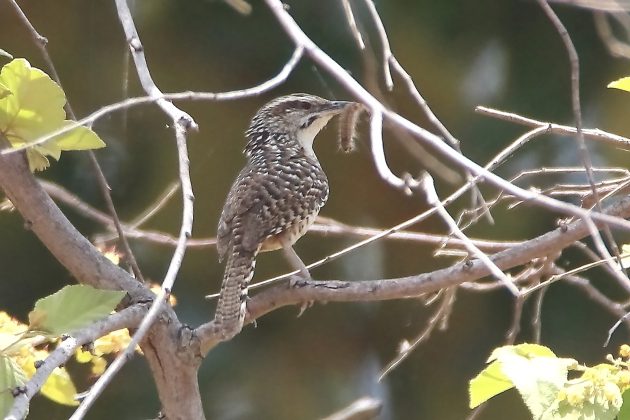
As soon as I finish this post, I’ll start on my next one, so I can show off some exciting sightings I had the following Monday. Exciting for me, that is… We’ll see if our readers feel the same.







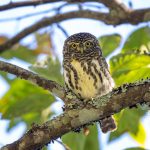


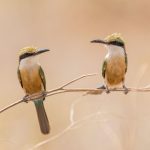
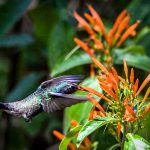
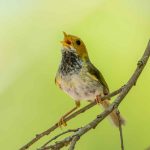
I enjoyed this article very much. I’m lucky enough to live in that “one corner of Arizona” where we host Sulphur-bellied Flycatchers, Western Wood-Pewees, and the occasional Thick-billed Kingbird. I’m inspired to go south soon to see more endemic Mexican species!
I always enjoy your articles Paul! Thank you.
Thanks. Enjoyed the article and photos. The Masked Tityra is something!
Thank you all for your kind words. I promise you all more exotic birds next week!
Like the other Leslie, I’ve seen those four species on past trips to Arizona. Thanks for bringing back some great memories.